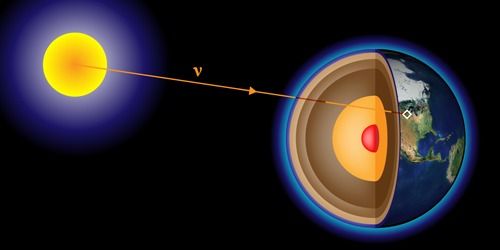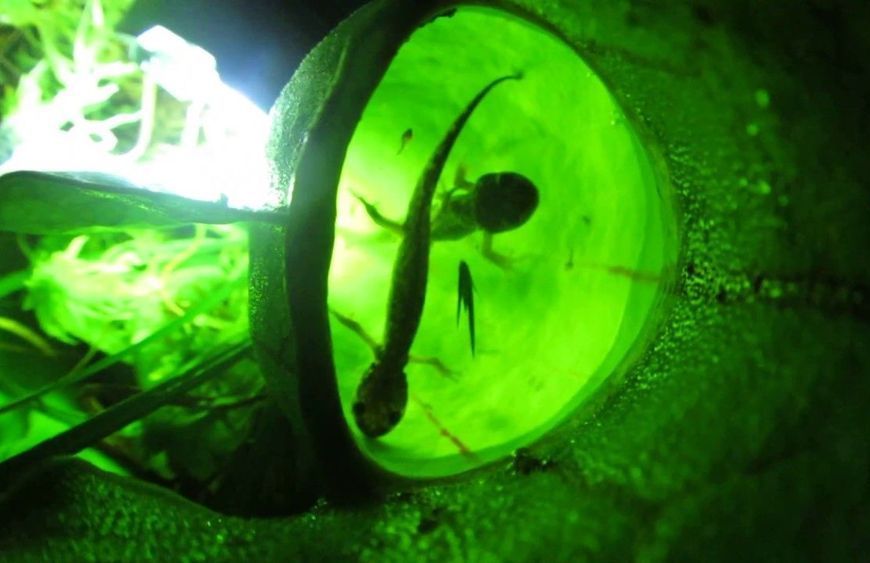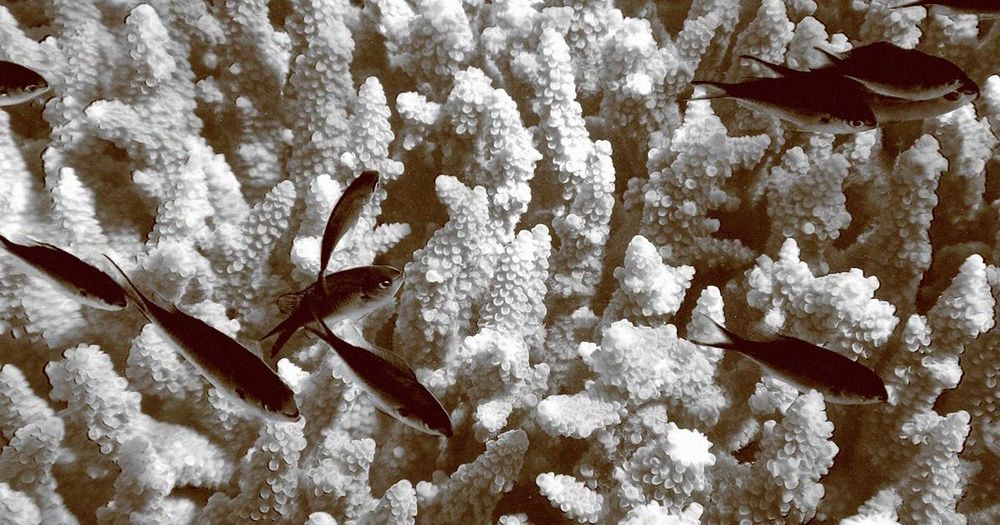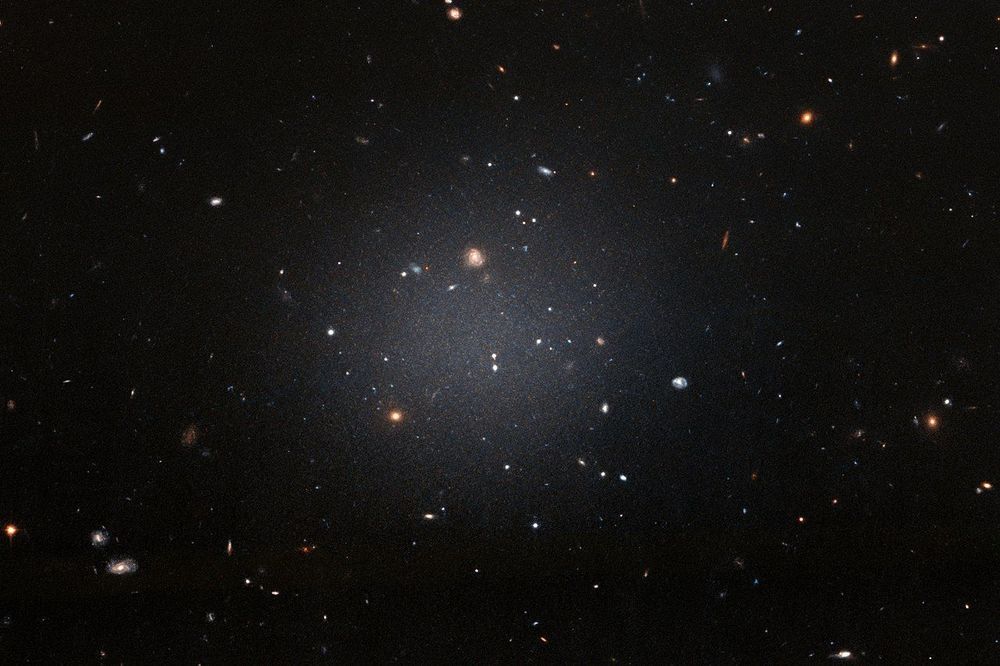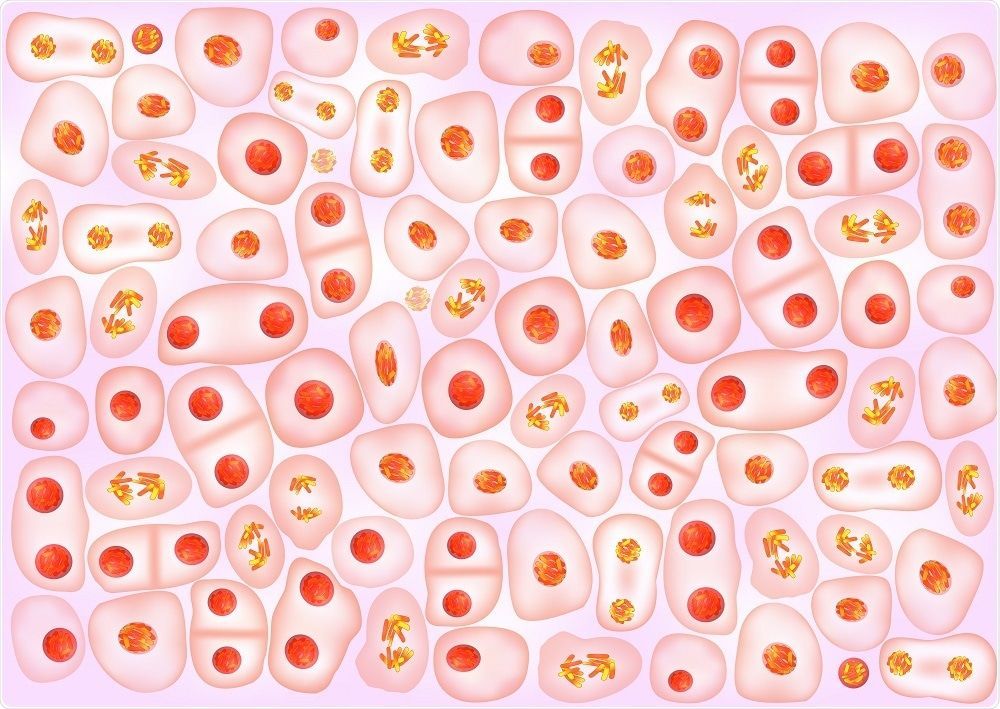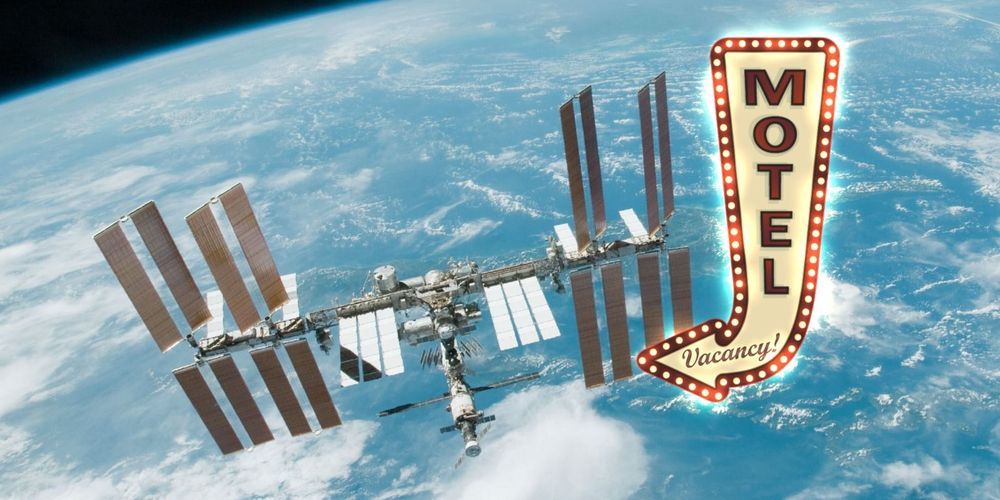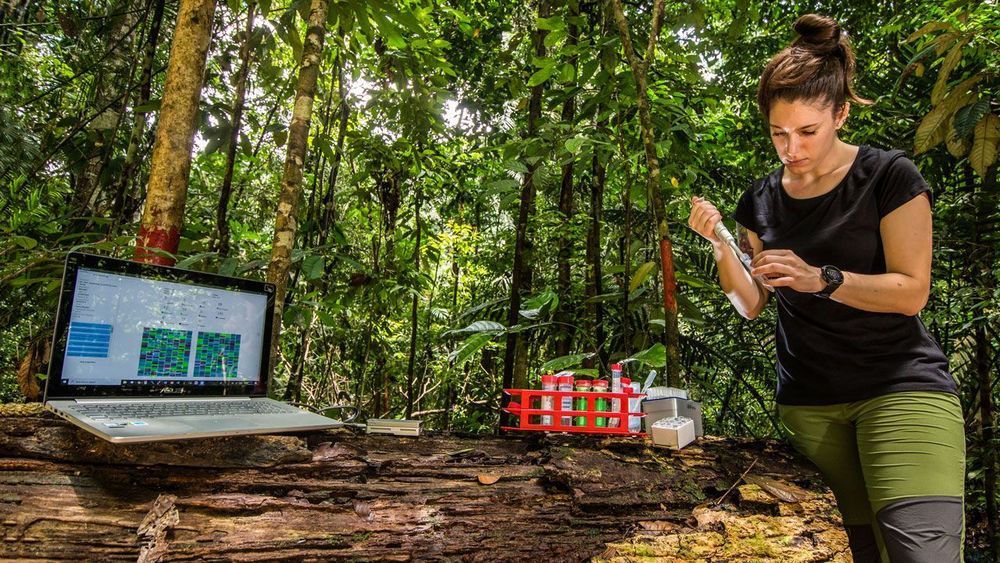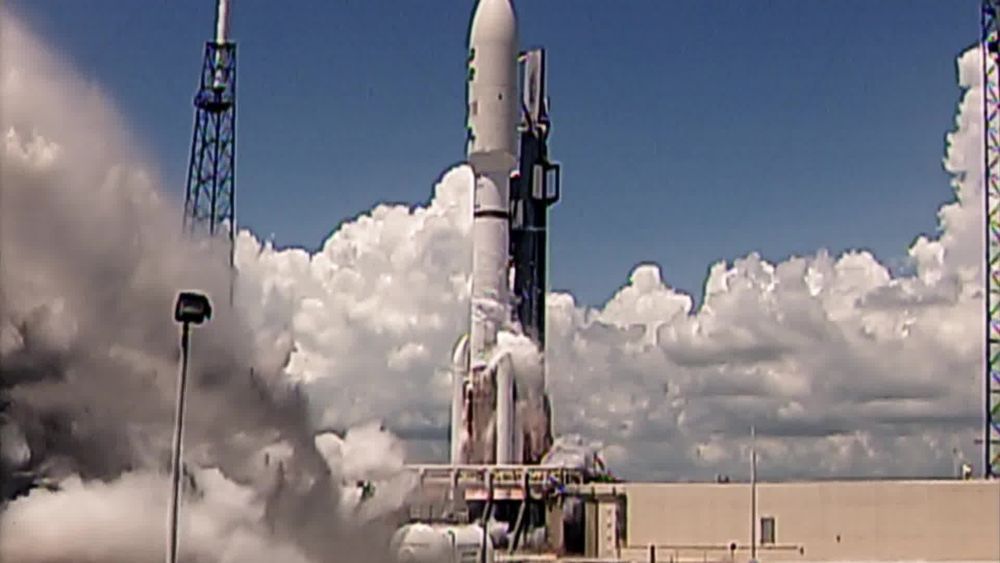Future neutrino experiments may provide tomographic scans of Earth’s interior by viewing solar neutrinos that pass through our planet’s layers.
The Sun showers Earth with neutrinos, but this “glow” doesn’t dim when the Sun goes down. At night, solar neutrinos penetrate Earth, impinging detectors from below. Like x rays in a medical scanner, these planet-traversing neutrinos might offer information about the material they pass through. New theoretical calculations show that future experiments, such as the Deep Underground Neutrino Experiment (DUNE), could characterize the different layers inside Earth with neutrino-based tomography.
